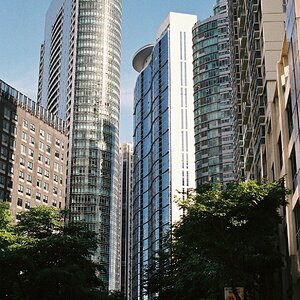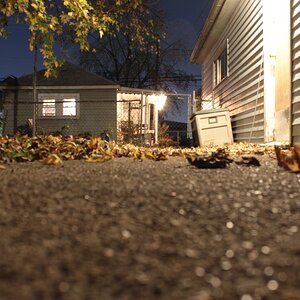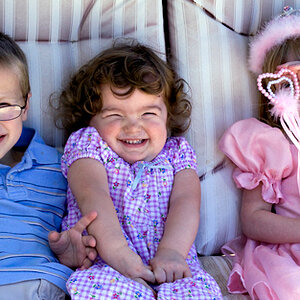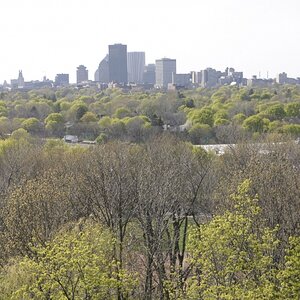jwbryson1
TPF Noob!
- Joined
- Apr 21, 2011
- Messages
- 4,280
- Reaction score
- 949
- Can others edit my Photos
- Photos OK to edit
This is a good video by Mark Wallace on shooting white backgrounds. Part of the video I am not 100% sure I understand.
The substantive discussion starts around the 2:20 mark but what I have questions about are his comments starting around the 3:10 mark forward.
He indicates that the background is not white because of light falloff. I get that. But then he indicates that some people think moving the light closer to the model will help but in reality it will actually make the background even darker because of the inverse square law. That's what confounds me...
Isn't light falloff caused by (or the "result of") the inverse square law? If yes, then it seems that moving the light closer to the model (and necessarily closer to the background) would illuminate the background because the light has a shorter distance to move and therefore will be more powerful. In other words...before moving the light closer to the model, let's assume that it needs to travel 10' to hit the background. So, it "falls off" for a distance of 10' and is not powerful enough to blow out the background. But, if he moves the light closer to the model and the light only has a distance of 5' to travel (and to "fall off") before hitting the background, why isn't the background exposed more?
Does that fact that the light actually HITS the model have an impact on the inverse square law? Is that what I am missing? Does the light hitting the model further increase light falloff?
Here is the video...
The substantive discussion starts around the 2:20 mark but what I have questions about are his comments starting around the 3:10 mark forward.
He indicates that the background is not white because of light falloff. I get that. But then he indicates that some people think moving the light closer to the model will help but in reality it will actually make the background even darker because of the inverse square law. That's what confounds me...
Isn't light falloff caused by (or the "result of") the inverse square law? If yes, then it seems that moving the light closer to the model (and necessarily closer to the background) would illuminate the background because the light has a shorter distance to move and therefore will be more powerful. In other words...before moving the light closer to the model, let's assume that it needs to travel 10' to hit the background. So, it "falls off" for a distance of 10' and is not powerful enough to blow out the background. But, if he moves the light closer to the model and the light only has a distance of 5' to travel (and to "fall off") before hitting the background, why isn't the background exposed more?
Does that fact that the light actually HITS the model have an impact on the inverse square law? Is that what I am missing? Does the light hitting the model further increase light falloff?
Here is the video...
Last edited by a moderator:








![[No title]](/data/xfmg/thumbnail/30/30872-cd51e29bb57fff318ae9841cb002aa5b.jpg?1619734489)


![[No title]](/data/xfmg/thumbnail/36/36135-6594fe1d58af0053c3e939665e543ce4.jpg?1619737388)

![[No title]](/data/xfmg/thumbnail/30/30868-01a498267fd96ce5b2d98347458d3903.jpg?1619734486)